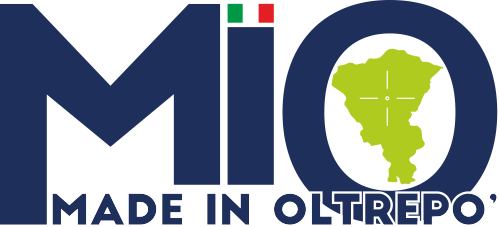Font size:
Print
We explore how a targeted and careful curative approach can be the key to alleviating shoulder discomfort through targeted therapies that place care at the centre of the path to relief, significantly improving the quality of life for those facing this common problem.
We discuss with Dr Caterina Peroni (specialist in Diagnostic Imaging at the Casa di Cura Villa Esperia in Salice Terme) the clinical approaches that offer relief and improve the quality of life for those dealing with shoulder pain, and we discover together how medical science is making great strides to improve our health.
Chronic or acute shoulder pain is a very common problem in the population.
Often these disorders significantly affect the quality of life as they cause difficulty in movement, strength deficits, and even disabling pain, which often also affects the quality of sleep.
In many cases, tendon calcifications are responsible for these discomforts and can be eliminated effectively, easily and definitively with ‘percutaneous ultrasound lavage‘ or ‘Lithoclasia‘.
LITHOCLASIA - ECOGUIDATED WASHING OF SHOULDER CALCIFICATIONS The ‘LITHOCLASIA‘
It consists of a therapeutic treatment to remove symptomatic intra-tendonous calcifications. It makes use of ultrasound to detect and remove the contents of the calcifications with very high efficiency and precision.
It is an outpatient procedure that requires no preparation on the part of the patient and takes between 20 and 40 minutes, depending on the case. The patient can then resume his or her usual activities; only the application of local ice for a few hours is recommended.
Calcific shoulder tendinopathy is a benign but frequent and sometimes disabling condition due to the associated painful symptoms and functional impotence. Currently, ultrasound-guided lavage represents the Gold Standard for its resolution.
It is performed with the patient supine and in asepsis (disinfection of the shoulder, use of sterile materials and operator supported by nursing staff). Using ultrasound guidance, the calcification is detected and, after intrabursal and pericalcific local anaesthesia, the calcification content is removed using a double-needle or single-needle technique as appropriate. The procedure ends with the injection of hyaluronic acid, corticosteroid and, in some cases, an anti-inflammatory for subcutaneous use, based on diclofenac.
ULTRASOUND-GUIDED INTRA- AND PERIARTICULAR INFILTRATION
Ultrasound-guided infiltration consists of a local peritendinous, tendinous or intra-articular procedure using corticosteroids, slow-release anti-inflammatory drugs and/or medical devices such as hyaluronic acid (viscosupplementation), which, thanks to the use of ultrasound, are administered with very high precision to achieve the maximum therapeutic effect and eliminate the risk of damage to tendon structures.
The infiltration therapy allows a rapid achievement of the therapeutic effect that is prolonged over time by reducing pain, counteracting the inflammatory process and regenerating the joint cartilage, improving its functionality, delaying the recourse to surgery and, in some cases, avoiding it completely.
Ultrasound-guided infiltration can only be performed by doctors specialised in the use of ultrasound, who are able to both diagnose and treat the joint and tendon pathologies listed above.






















